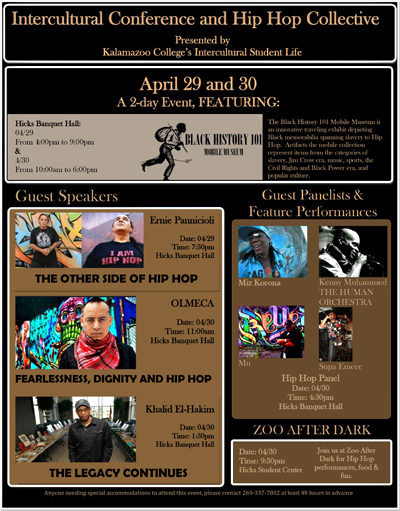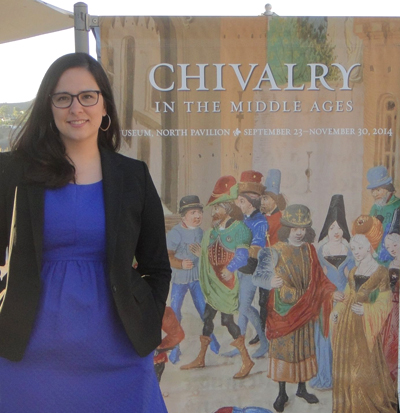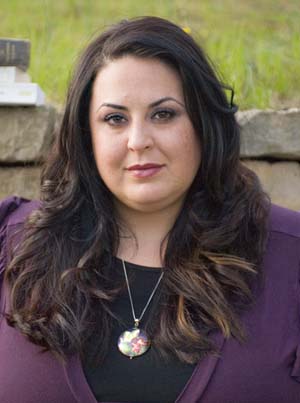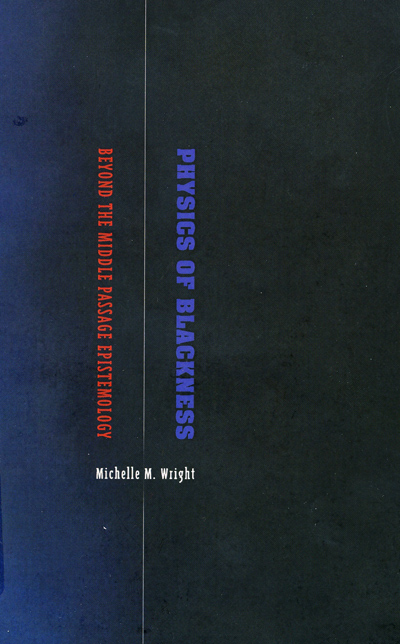 Kalamazoo College’s Intercultural Student Life group presents the “Intercultural Conference and Hip Hop Collective,” a two-day event on April 29 and 30 featuring guest speakers, the Black History 101 Mobile Museum, panels, discussions and a performance featuring five Hip Hop artists. The event’s venues include the Hicks Banquet Hall and Hicks Center.
Kalamazoo College’s Intercultural Student Life group presents the “Intercultural Conference and Hip Hop Collective,” a two-day event on April 29 and 30 featuring guest speakers, the Black History 101 Mobile Museum, panels, discussions and a performance featuring five Hip Hop artists. The event’s venues include the Hicks Banquet Hall and Hicks Center.
Among the event’s goals are building relationships and learning about the intercultural ethos of K. “My student advisory board and I decided to focus our first event on Hip Hop because Hip Hop has a way to cross over cultural boundaries and speak to multiple groups,” said Natalia Carvalho-Pinto, director for intercultural student life.
The museum exhibit is open both days of the conference and is a powerful experience. “Khalid El-Hakim, the museum’s curator, travels with about 1,000 exhibit pieces,” says Carvalho-Pinto, “ranging from the slavery era through Jim Crow and the Civil Rights movement up to Hip Hop and the modern era.” El-Hakim will deliver the keynote address Saturday, talking about the museum and the importance on continuity in social justice work.
The Conference also features Ernie Pannicioli, a photographer who has documented Hip Hop from its birth through modern days and photographed every celebrity in Hip Hop,” according to Carvalho-Pinto. She adds, “He published a book titled Who Shot Ya, and he speaks about ’the other side of Hip Hop,’ the movement building and struggles that few discuss.” Carvalho-Pinto also is excited about the presence of OLMECA at the conference. “He is a very unique artist,” she says, “and his keynote address will focus on his experiences in the Zapatista movement and Hip Hop in Latin America.”
A Hip Hop panel occurs Saturday afternoon with Miz Korona, Mu, Supa Emcee and Kenny Muhammed THE HUMAN ORCHESTRA. Five Hip Hop artists will perform Saturday night for the “Zoo After Dark” activity.
“Our speakers, panelists and performers are really great people,” says Carvalho-Pinto. I would love to see as many students, staff and faculty as possible attend some or all the conference. My hope is that the event opens more opportunities for dialogue and serves as a place of empowerment for our students of color on campus.”















